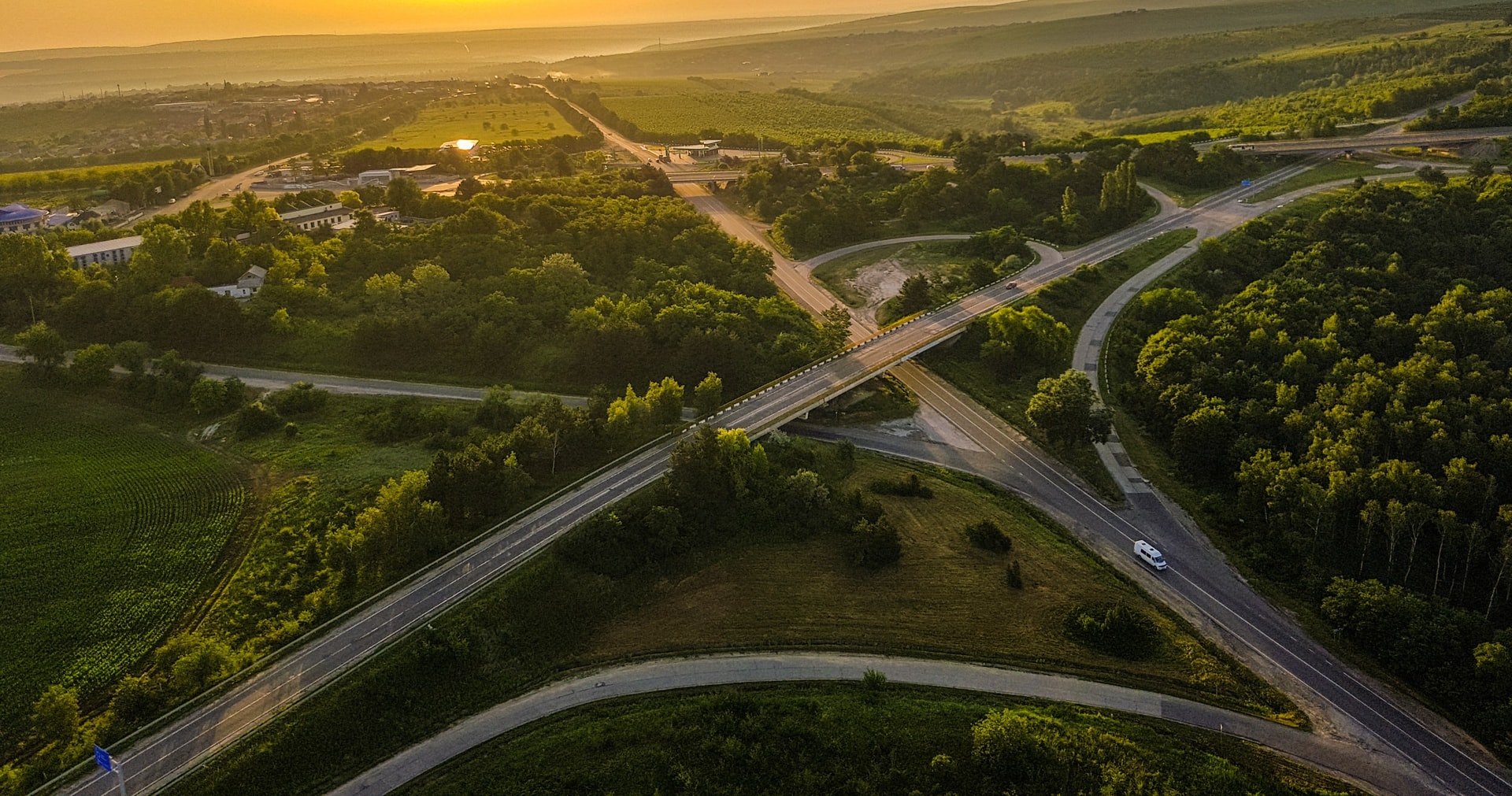
Could Solar Roadways Help to Support Green Energy Production?
March 1, 2022 - Emily Newton
Revolutionized is reader-supported. When you buy through links on our site, we may earn an affiliate commission. Learn more here.
When the subject of green or renewable energy comes up, solar panels are almost always the first technology that comes to mind. There’s a good reason for this. Solar is one of the fastest-growing industries globally, with an annual growth rate since 2000 of more than 42% year-over-year. When most people think of solar, they picture panels on the roof or massive fields of solar arrays stretching as far as the eye can see. What if that technology could take a different shape? Engineers have been exploring the idea of solar roadways since the first concepts emerged in the early 2000s.
While solar roadways might seem like the perfect solution, turning thousands of miles of highways into power generators is more complicated than it sounds. What is holding solar roadways back from changing the world? Will we ever see these roadways supporting green energy production?
Taking A Step Back
Companies have been exploring ways to make road surfaces generate power for decades. It wasn’t until solar panels started to hit the mainstream that the idea began to pick up momentum. The concept of solar roadways is simple — replace the traditional asphalt road surface with rugged solar panels that can withstand the weight of cars driving over them. They would, in theory, be able to generate electricity whenever a car wasn’t passing directly over them.
While these rugged photovoltaic cells might not be capable of powering small towns, the goal was to use them for tasks such as powering streetlights and even melting snow. Installing heating elements in the roadways, powered by these solar panels, could prevent ice and snow buildup. This, in turn, could make roads safer to traverse during the cold winter months. More advanced technology applications could alert cars to obstacles such as animals and even eliminate the need for painted lines and lane-markers.
These roadways could also potentially serve as a communication hub for self-driving vehicles becoming more common. These vehicles can already communicate via Wi-Fi or mobile internet, but solar roadways could help facilitate those conversations. As electric cars become more common, they can use these solar roads to charge EVs as they drive.
France opened its first solar roadway in 2016. The state of Georgia opened one in 2020. Why haven’t we heard any exciting news about these experiments? Why are there no plans for the widespread implementation of this technology?
The Challenges of Solar Roadways
Why aren’t these solar roadways popping up on large stretches of highways around the globe? The technology sounds easy, but there are a lot of challenges that crop up, preventing its implementation.
Problems with Pricing
The most significant initial challenge to the implementation was that of cost. When the idea of solar roadways hit the mainstream in the early 2000s, installing solar anywhere was still exorbitantly expensive. Installing solar on the average home could cost more than $50,000 at the time. Today, the cost has dropped by more than 62%, with a complete home installation clocking in at about $21,400. Solar roadways, because of the need to create more rugged panels, will be more expensive initially. In 2010 it was estimated that solar roadways would cost upwards of 70$ per square foot to pave. When you compare that to asphalt, which tops out at $15 per square foot, it just isn’t worth the expense.
Not As Sustainable
Asphalt might have a rep because it relies on fossil fuels. Still, most of this material is manufactured as a byproduct of the petroleum industry and would otherwise end up in landfills. Solar roadways, on the other hand, have to be manufactured new. There is no option to reclaim recycled materials, so it takes more energy to create these rugged panels.
Power Generation Limits
This isn’t a problem that is exclusive to solar roadways. Solar panels only function when they are unobscured and can absorb sunlight. Cloudy days, snow on the road, roadkill, or dirt deposited by tires can all prevent solar roadways from generating electricity. To make this practical, solar-equipped highways would need some sort of self-cleaning mechanism or an additional crew tasked with keeping the panels clear of obstructions.
Driving on Glass
For most drivers, the instinct is to avoid glass on the roadways. Broken glass may not usually be strong enough to puncture the average car or truck tire, but no one wants to take that chance. Solar roadways might be more robust than your average glass bottle or even the solar panels installed on your house, but if they do break, they could potentially do a lot of damage to the cars that pass overhead.
Where Does the Technology Stand in 2022?
Now that’ we’ve moved into 2022, where do we stand with the idea of solar roadways?
It’s hard to say right now. The most recent installation is in Georgia, but it is on a stretch of the main highway. Instead, the solar panels sit in a vehicle test lane, so they aren’t under the tires of lots of vehicles. We’re a long way off from a large-scale rollout, even in the test markets that have already started installing solar panels on their roads.
We’ve made a lot of advances in the last two decades that could make solar roadways more feasible for large-scale implementation. When researchers first started exploring the idea of solar panels, they were happy to create PV panels that were 20% efficient. As of 2021, multi-layered solar cells are closing in on 50% efficiency. If the last two decades are anything to go by, the efficiency of these panels will continue to increase in the coming years.
The solar industry as a whole is reaching monumental heights. Jobs in the sector have increased by 167% over the past decade. Homeowners can already cash in on tax rebates and other incentives to encourage them to adopt solar. If solar roadways prove viable, new incentives for cities might follow to nudge them in the right direction and encourage them to start installing solar panels as part of their infrastructure.
The country’s overall solar capacity has also increased dramatically over the last decade, jumping up by nearly six times between 2014 and 2021. Pair that with the dropping cost of solar panels, and all of the puzzle pieces are there. All it’s waiting for is someone willing to take a chance on solar roadways.
Green Energy is The Future
The push toward green and sustainable energy might have started as a trend or a buzzword that you could sprinkle onto a conversation. Today, with the looming threat of climate disaster and a global goal of reaching net-zero carbon emissions by 2050, the push toward green or more sustainable energy options is necessary.
We’ve been working on solar roadways for decades, as of the time of this writing, but the same can be said for other modern green technologies like electric vehicles. While there might be a deadline looming, rushing to that destination isn’t going to do us any good. There is no doubt at this point that green energy and renewable resources are the future, but we need to take all the necessary steps to get there safely. Skipping steps will leave us with self-driving cars that kill people and expensive solar highways that can’t even power their street lamps.
Revolutionized is reader-supported. When you buy through links on our site, we may earn an affiliate commission. Learn more here.
Author
Emily Newton
Emily Newton is a technology and industrial journalist and the Editor in Chief of Revolutionized. She manages the sites publishing schedule, SEO optimization and content strategy. Emily enjoys writing and researching articles about how technology is changing every industry. When she isn't working, Emily enjoys playing video games or curling up with a good book.







